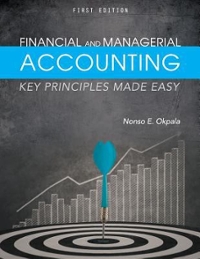Alternative dividend policies Given the earnings per share over the period 2012-2019 shown in the following table, E. determine the annual dividend per share under each of the policies set forth in parts a through d. a. Pay out 50% of earnings in all years with positive earnings. b. Pay $0.40 per share and increase to $0.50 per share whenever earnings per share rise above $0.90 per share for two consecutive years. c. Pay $0.40 per share except when earnings exceed $1.00 per share, in which case pay an extra dividend of 60% of earnings above $1.00 per share. d. Combine policies in parts b and c. When the dividend is raised (in part b), raise the excess dividend base (in part c) from $1.00 to 51.10 per share. e. Compare and contrast each of the dividend policies described in parts a through d. a. If the firm pays out 50% of earnings in all years with positive earnings, the annual dividend the firm would pay in year 2013 is $0.47). (Round to the nearest cent.) b. If the firm pays $0.40 per share and increases the dividend to 50.50 per share whenever earnings per share rise above $0.90 per share for two consecutive years, the annual dividend the firm would pay in year 2013 is $. (Round to two decimal places.) c. If the firm pays $0.40 per share except when earnings exceed $1.00 per share, in which case pay an extra dividend of 60% of eamings above $1.00 per share the annual dividend the firm would pay in year 2013 is $. (Round to two decimal places.) d. If the firm combines policies in parts b and c. when the dividend is raised (in part b), it raises the excess dividend base (in part c) from $1.00 to 51.10 per share. The annual dividend the fim would pay in this case in year 2013 is $ (Round to two decimal places.) e. Compare and contrast each of the dividend policies described in parts a through d Which policy uses a constant-payout ratio? (Select the best answer below.) O A. The policy described in part b is a constant-payout ratio which will yield low or no dividends if earnings decline or a loss occurs. Click to select your answer(s) incman to $0.50 .nor chara whanaune ANDING.borchara cico sbava 10.00 orcharo for hunc Data Table for (Click on the icon located on the top-right corner of the data table below in order to copy its contents into a spreadsheet.) 10 Year 2019 2018 2017 2016 2015 2014 2013 2012 Earnings per share $1.29 $1.67 $1.02 - S0.76 $1.08 $0.56 $0.93 S0.45 6! Print Done








